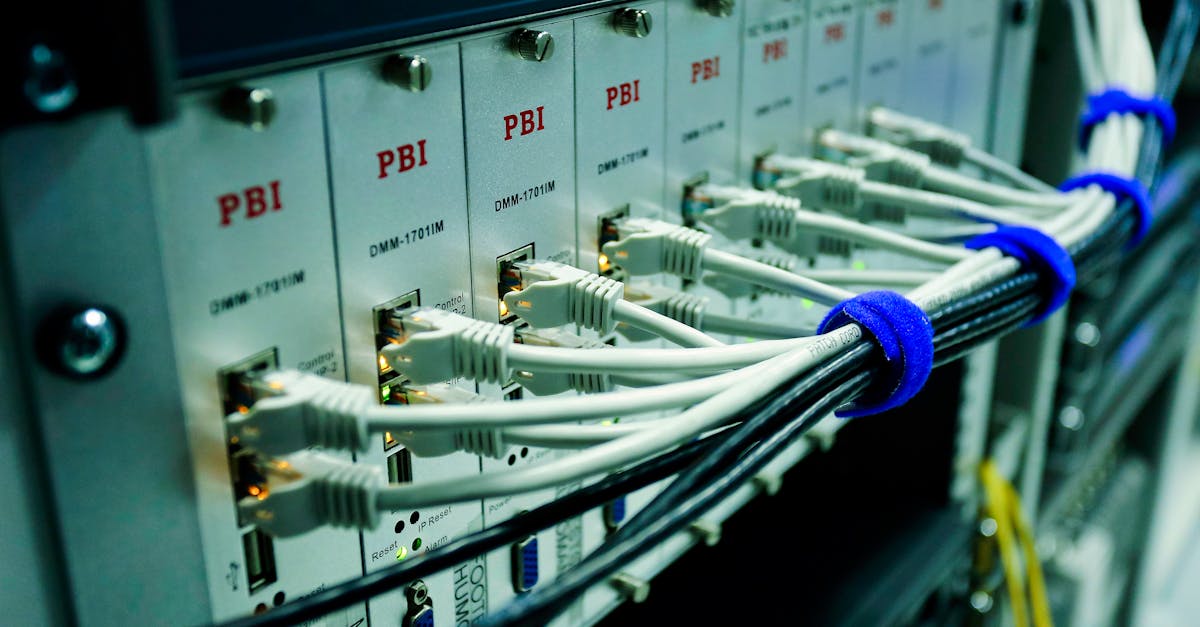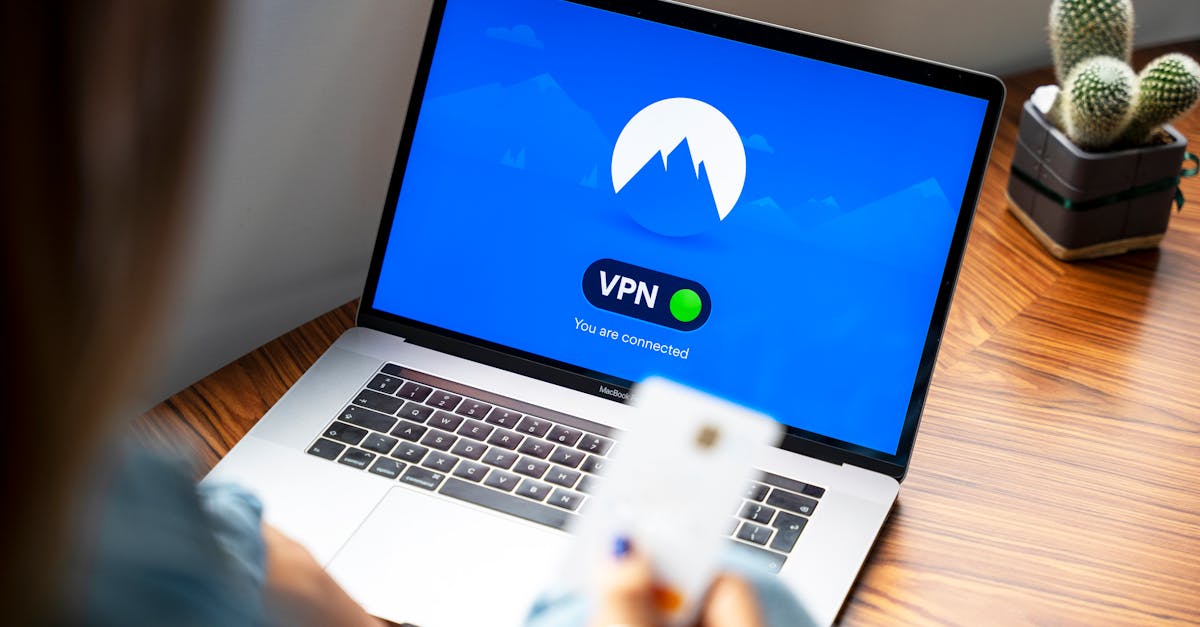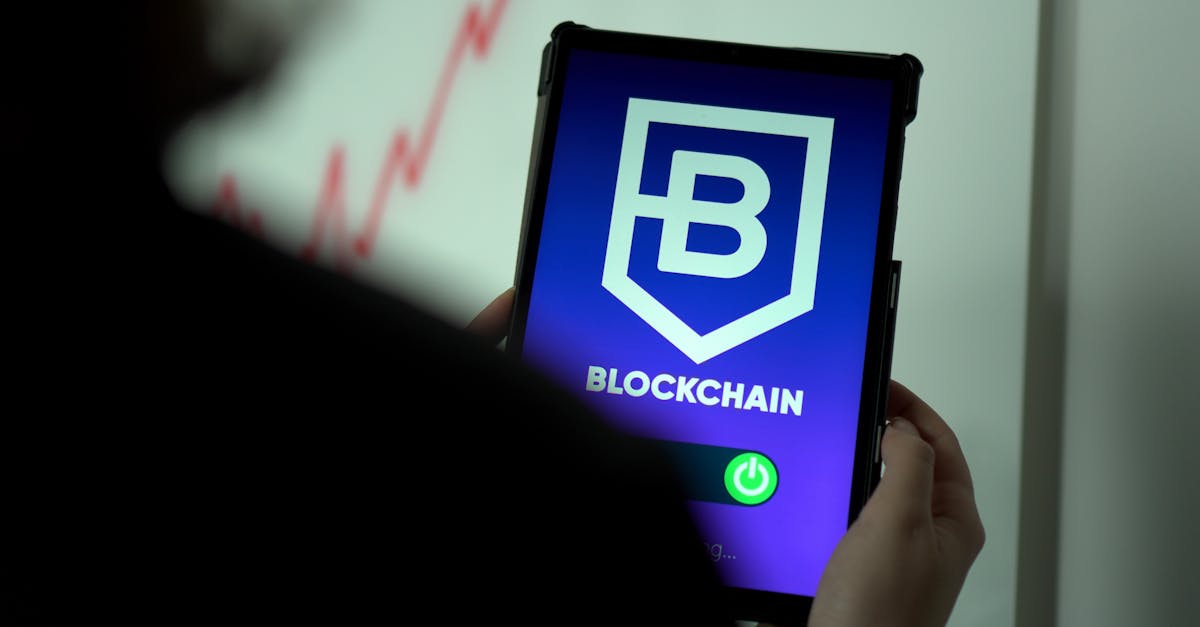Understanding the Surge in Peer to Peer Payments
Introduction to Peer-to-Peer Payments
In recent years, peer-to-peer (P2P) payments have seen a significant uptick, revolutionizing how individuals transfer money. Emerging as a tech-savvy alternative to traditional banking, P2P payments allow users to send funds directly from their bank accounts or digital wallets. This growth has been fueled by advances in mobile technology and the increasing preference for digital over cash transactions. Easy accessibility and user-friendly interfaces have further popularized these platforms among millennials and Gen Z. As digital wallets become an integral part of daily life, the P2P payment landscape continues to expand.
Advertisement
The Technological Backbone
The technological infrastructure behind P2P payments is vast and complex, relying on robust, secure networks. Utilizing encryption protocols, these platforms ensure that user data remains confidential and secure. Blockchain technology has played an instrumental role in enhancing transparency and efficiency. By eliminating intermediaries, blockchain speeds up transactions and reduces costs, benefiting both consumers and businesses. Moreover, the integration of artificial intelligence and machine learning aids in fraud detection, ensuring safer transactions. As digital ecosystems evolve, the technology behind P2P payments continues to innovate, enhancing user experiences.

Sergei Starostin/Pexels
Advertisement
Market Growth and Trends
The global market for P2P payments is projected to skyrocket, with analysts predicting exponential growth in Asia, North America, and Europe. Many consumers are transitioning from traditional banks to fintech platforms, drawn by convenience and low fees. The rise of super apps in regions like Southeast Asia exemplifies this trend, with platforms offering integrated services like messaging, shopping, and payments. Additionally, cryptocurrency-based P2P systems are gaining traction, providing users with decentralized transaction options. Such adaptations highlight the ever-evolving nature of the P2P payment domain.
Advertisement
Demographics of Adoption
A significant factor contributing to the surge in P2P payments is the demographic shift toward younger, tech-savvy users. Millennials and Gen Z, typically at ease with digital solutions, are the primary adopters of such technologies. These demographics value the immediacy, simplicity, and transparency that P2P payments provide. However, it's not just the youth; older generations are increasingly adopting these platforms for their ease of use and security features. This broadening of user demographics signifies that P2P payments are becoming mainstream, catering to diverse financial needs.
Advertisement
The Role of Mobile Devices
Mobile devices have played a pivotal role in the P2P payment boom. Smartphones serve as a conduit, empowering users to send money with just a few taps. Applications like Venmo, PayPal, and Cash App capitalize on this trend, offering seamless mobile transfers. These platforms are continually updating features, such as biometric authentication, to safeguard transactions and enhance user trust. As mobile penetration increases worldwide, more users are expected to adopt P2P payments, solidifying their value for fast, hassle-free financial transactions.
Advertisement
Security and Fraud Prevention
Despite their popularity, P2P platforms face challenges around security and fraud. As users become comfortable with these technologies, ensuring robust security measures becomes paramount. Encryption, two-factor authentication, and continuous monitoring help protect user data. Service providers invest heavily in artificial intelligence-driven algorithms to detect and counter fraudulent activities. Additionally, educating users on safe practices is crucial in bolstering platform security. As new threats emerge, P2P payment systems must continually adapt to maintain trust and reliability.
Advertisement
Regulatory Landscape
The rapid growth of P2P payments has attracted the attention of regulators worldwide. Governing bodies are keen to ensure these platforms operate within legal frameworks, safeguarding consumer interests. Regulatory measures often focus on anti-money laundering (AML) and know-your-customer (KYC) norms. While regulations can impose challenges, they eventually strengthen the ecosystem by promoting transparency. Balancing innovation with compliance ensures that P2P systems can sustainably adapt to global financial standards.
Advertisement
Impact on Traditional Banks
The advent of P2P payments is reshaping the competitive landscape for traditional banks. As consumers increasingly turn to fintech solutions, banks are compelled to innovate and modernize their services. Some institutions have partnered with fintech firms to integrate P2P capabilities, enhancing their digital offerings. Additionally, banks are investing in technology to streamline operations and reduce transaction costs. This disruption drives traditional banks to rethink their strategies, potentially transforming their roles in the financial ecosystem.
Advertisement
Future of Peer-to-Peer Payments
The future of P2P payments is promising, with continuous advancements in technology and user experience. As blockchain, AI, and mobile technologies enhance, P2P systems will become more efficient, secure, and user-friendly. The potential for integration with emerging trends, like the Internet of Things (IoT) and augmented reality, presents exciting possibilities. As people prioritize convenience, instant transactions, and contactless solutions, the demand for P2P options will only increase. The trajectory of P2P payments signifies a bright and transformative future for personal finance.
Advertisement
Conclusion: Embracing the Digital Economy
In conclusion, the growth of peer-to-peer payments reflects a shift towards a digital-first economy. As consumers increasingly prioritize convenience, security, and efficiency, P2P systems have emerged as a viable option. While traditional financial institutions face challenges adapting, fintech innovations continue to enhance and develop. As this dynamic landscape evolves, the onus is on policymakers, technology providers, and users to collaborate for a seamless, secure, and integrated financial experience. Embracing this digital shift ensures the continued expansion and relevance of P2P payments.
Advertisement


